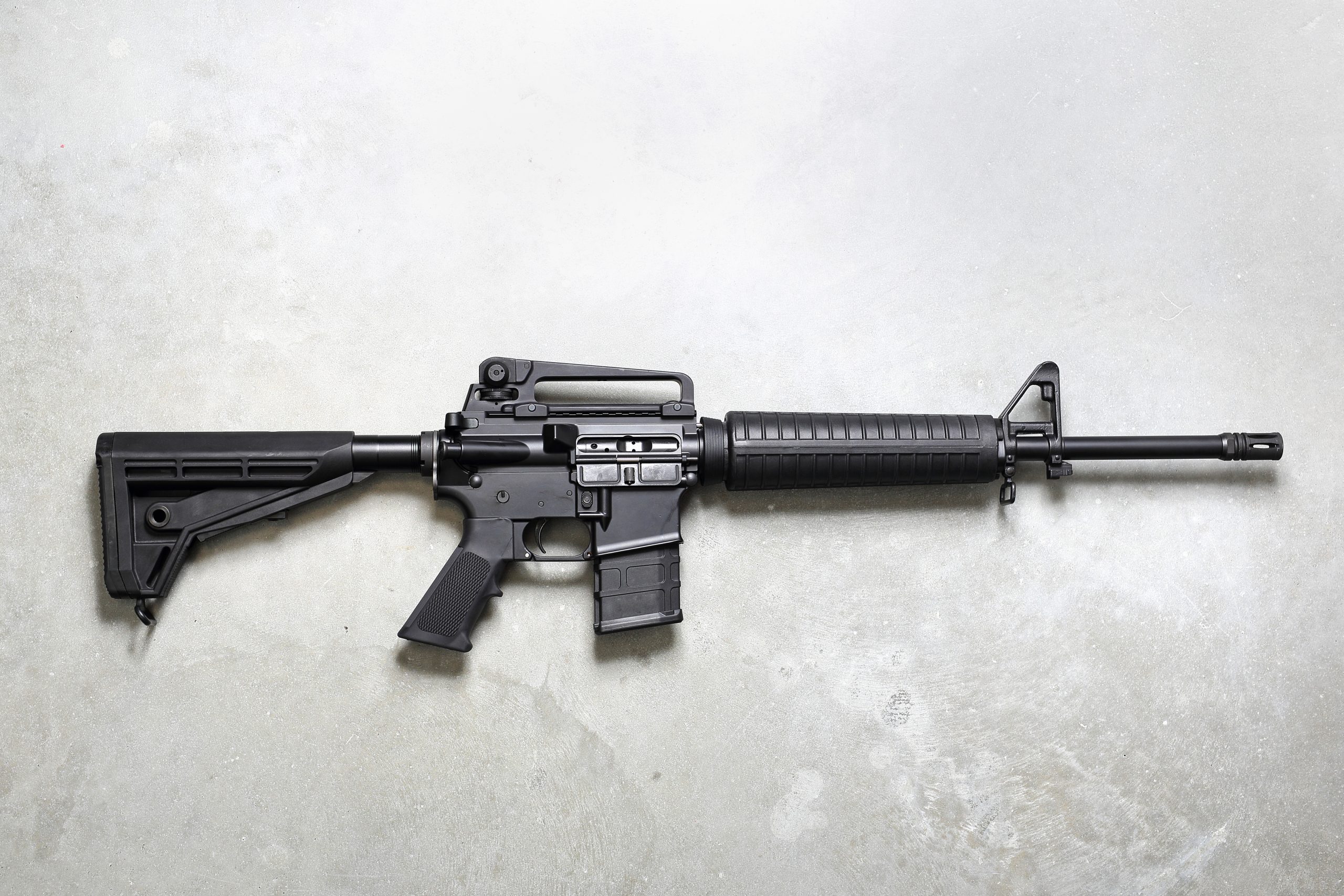
On Tuesday, nine families of the Sandy Hook victims announced that they had agreed to a $73M settlement with gunmaker Remington. Adam Lanza, the 20-year-old gunman, used a Remington rifle in the tragic 2012 shooting that claimed the lives of 20 first-graders and six teachers.
Many have observed this tragedy and looked at it as a crucial case going forward, as it could set a precedent and help victims of other mass shootings seek future lawsuits against gunmakers.
Families of the victims initially sued Remington in 2015 and said the company should have never sold such dangerous firearms to the public. The families said their focus was on preventing future shootings by holding gunmakers responsible for how they sell and market their products.
At a press conference, the parents described the settlement as a bittersweet victory in light of what they lost.
Nicole Hockley, mother of a six-year old son killed at Sandy Hook, spoke at the press conference.
“Nothing will bring Dylan back,” she said.
“My hope for this lawsuit is that by facing and finally being penalized for the impact of their work. Gun companies along with the insurance and banking industries that enable them will [have] to make their practices safer than they’ve ever been, which will save lives and stop more shootings.”
Gun-rights groups say the settlement will have little to no effect on future firearms sales, citing that federal law protects gunmakers from being held liable in most instances.
We might expect to see increased pressure from insurance companies for gun manufacturers to avoid the kind of either design choices or marketing practices that gave rise to this litigation,” said Timothy D. Lytton, a law professor at Georgia State.
As large as this settlement was, it wasn’t the first of its kind. Families of eight victims in the D.C. Sniper attacks reached a $2.5 million settlement in 2004, and $550,000 of that came from Bushmasters Firearms Inc.
The Sandy Hook case focused primarily on how the shooter’s firearm, a Bushmaster XM15-E2S rifle, was marketed towards younger males. The company advertised through violent video games, and in one of the ads showed a rifle with the phrase “Consider Your Man Card Reissued.”
Despite the evidence provided by the prosecution, Remington has argued no evidence proved its marketing had any correlation with the shooting.
The company also argued The Connecticut Supreme Court should have dismissed the lawsuit as federal law gives gunmakers wide-ranging immunity. The Connecticut Supreme Court ruled they would make an exception to federal law, and the families could sue Remington under state law over its rifle marketing. Remington appealed to the U.S. Supreme Court, but the court denied the case.
It remains to be seen whether similar lawsuits against gunmakers will go forward, as the US Supreme Court has yet to decide on the exception to the 2005 law that the Sandy Hook families used in the case.
President Joe Biden referred to the settlement as “historic” and said, “while this settlement does not erase the pain of that tragic day, it does begin the necessary work of holding gun manufacturers accountable for manufacturing weapons of war and irresponsibly marketing these firearms.”
Biden called upon Congress to repeal the immunity law and stated that he would “continue to urge state and local lawmakers, lawyers, and survivors of gun violence to pursue efforts to replicate the success of the Sandy Hook families.”
Remington is one of America’s oldest gunmakers and was founded in 1816. After dealing with various lawsuits and retail sales restrictions since the 2012 shooting, the company filed for bankruptcy in 2020 and subsequently sold its assets to several companies.
Only families who signed onto the lawsuit will receive damages in the settlement. According to the families’ spokesperson, Andrew Friedman, they have yet to decide what they will do with the money.
Four insurers of the now-bankrupt company agreed to pay the full amount of coverage available, which totaled $73 million.
